Search
Search Results
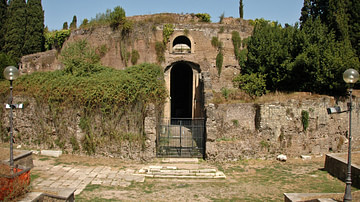
Article
Mausoleum of Augustus
The Mausoleum of Augustus was actually one of the first of many large building projects undertaken in the reign of Rome's first emperor. When the Mausoleum was completed in 28 BCE, it was easily the biggest tomb in the Roman world, a record...
![Mausoleum of Augustus [Rear View]](https://www.worldhistory.org/img/c/p/360x202/4477.jpg?v=1618582532)
Image
Mausoleum of Augustus [Rear View]
The ruins of the Mausoleum of Augustus, Rome. Completed in 28 BCE, it was the largest tomb ever constructed in the Roman world.
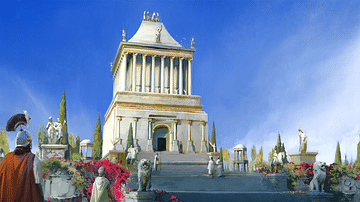
Definition
Mausoleum at Halicarnassus
The Mausoleum at Halicarnassus (Bodrum, Turkey), was a massive tomb built for Mausolus, the ruler of Caria, c. 350 BCE. The marble structure was so immense and decorated with such an array of striking sculptures that it made it onto the list...

Image
Doorway, Mausoleum of Augustus
The Mausoleum of Roman emperor Augustus in Rome. Completed in 28 BCE and, reaching a height of almost 45 metres and a diameter of 90 metres, it would hold the record as the largest tomb in the Roman world.
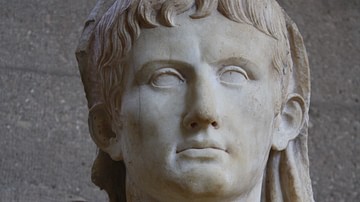
Definition
Augustus
Augustus Caesar (27 BCE - 14 CE) was the name of the first and, by most accounts, greatest Roman emperor. Augustus was born Gaius Octavius Thurinus on 23 September 63 BCE. Octavian was adopted by his great-uncle Julius Caesar in 44 BCE, and...
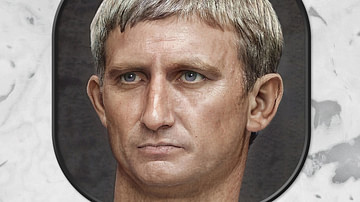
Article
The Principate of Augustus
Augustus (r. 27 BCE to 14 CE), as the adopted son and heir of Julius Caesar (100-44 BCE), brought an end to the Roman Republic, and on 16 January 27 BCE, by Senatorial decree, he became the first Roman emperor. However, he would not be addressed...
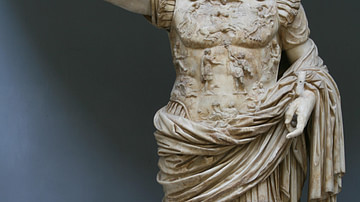
Article
Reforms of Augustus
Emperor Augustus (27 BCE – 14 CE) accomplished much during his time on the Roman throne, far more than many of his successors. According to historian Mary Beard in her book SPQR, he transformed the structures of Roman Empire, including its...

Article
Augustus' Political, Social, & Moral Reforms
Augustus is well known for being the first Emperor of Rome, but even more than that, for being a self-proclaimed “Restorer of the Republic.” He believed in ancestral values such as monogamy, chastity, and piety (virtue). Thus, he introduced...
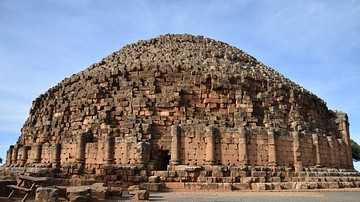
Image
Royal Mausoleum of Mauretania, Algeria
The Royal Mausoleum of Mauretania near Tipasa in Algeria is a funerary monument built in 3 BCE by Juba II of Numidia (c. 50 BCE- c. 25 CE) and his wife Cleopatra Selene II (40 BCE-c. 5 BCE). This tomb may have been their final resting place...
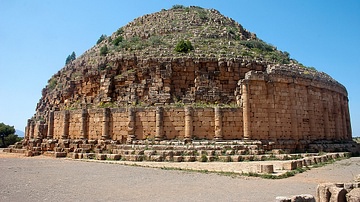
Image
Royal Mausoleum of Mauretania
The Royal Mausoleum of Mauretania in Tipaza, Algeria was built in 3 BCE by Juba II of Numidia (c. 50 BCE – c. 25 CE) and his wife Cleopatra Selene II (40 BCE – c. 5 BCE). This tomb may have been the final resting place of Juba II and Cleopatra...